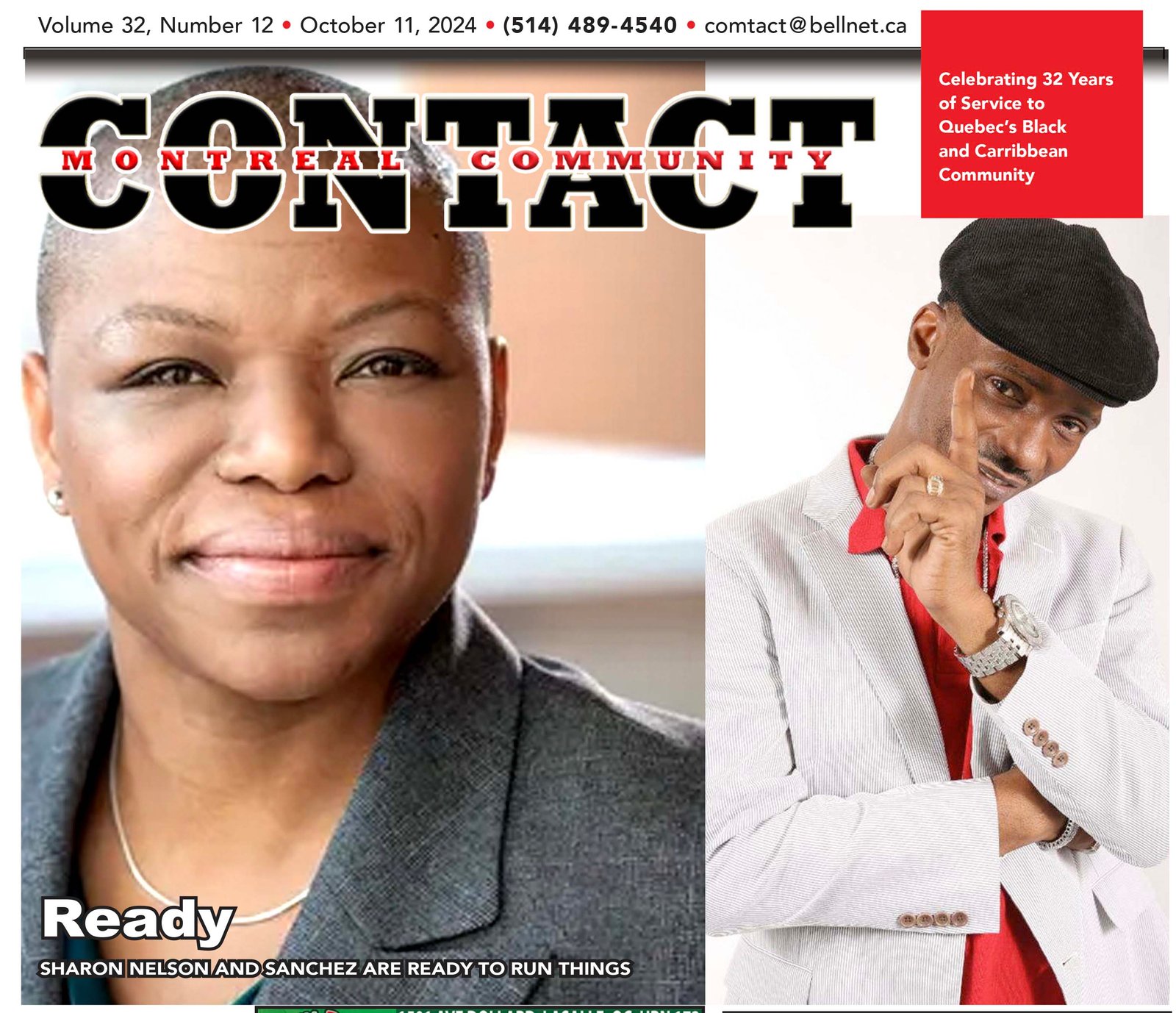 Prime Minister Trudeau has a responsibility to ensure representation of racialized minorities in the judicial system
Prime Minister Trudeau has a responsibility to ensure representation of racialized minorities in the judicial system
Once again the issue of diversity in the judiciary system has reared its intractable head, this time with a call coming from one of its very own. On January 31, 2019, Nova Scotia’s 22nd Chief Justice, J. Michael McDonald, in an exit interview with Canadian Press, called on Canadian courts to reflect more diversity.
According to Justice McDonald, “everything is not working perfectly.”
Justice McDonald acknowledged that traditionally the judiciary has been “pretty insular,” and asserted that he felt a responsibility to “be part of the solution instead of part of the problem.”
In no way should this call for diversity be seen as a new need, on the contrary, almost three decades ago, Justice Bertha Wrenham Wilson, the first female appointed to the Supreme Court of Canada, in her paper, Will Women Judges Really Make a Difference? said: “The ultimate justification for deliberately seeking judges of both sexes, and all colors, and backgrounds, is to keep the public’s trust. The public must perceive its judges as fair, impartial and representative of the diversity of those who are being judged.”
R. Roy McMurtry, former Chief Justice of Ontario, addressing the annual dinner of the Urban Alliance, in Toronto in 2007, emphasized the value of a diverse bench for society, in more general terms, in that “it is vital for all in our society, and most especially our young people, to witness minority citizens excelling in every area of important human endeavor.”
In 2014, the Conservative federal government, under Prime Minister Stephen Harper, came under sharp criticism for its apparent lack of interest in diversity.
Rosemary Cairns Way, Professor of Law in the Common Law Section of the Faculty of Law at the University of Ottawa, cites the record of the Harper government in federal judicial appointments as a clear example of disregard for diversity, as a qualification for a potential judicial appointment, and also disregard for the voices of numerous organizations and associations that called for substantive changes to the judicial appointment process.
A sense of appreciation of the role of the courts is not helped by the fact that the Harper government had one of the lowest, if not the lowest, number of lawyers sitting on government benches in Canadian history.
In 2003, just days before Justice Michael Tulloch entered the history books as the first Black person appointed to the Ontario Court of Appeal, Ryerson University of Toronto’s Diversity Institute published startling statistics on the makeup of the Canadian bench.
While the appointment of Judge Tulloch will be remembered and celebrated for years to come, his appointment nevertheless was juxtaposed against this startling report. Judicial appointments to the Ontario Supreme Court forced Bar groups, such as the Canadian Association for Black Lawyers, the South Asian Bar Association and the Federation of Asian Canadian lawyers to issue a joint statement on December 18, 2014, stating: the recent Ontario Superior Court judicial appointments show a “disregard for diversity.”
A lack of diversity on the bench raises serious concerns about the credibility of the courts. By the same token, the concern has arisen that if appointments are contingent on one’s background instead of on one’s merit, then similar concerns about the credibility of the courts are again brought to the fore. This is the delicate line that must be walked when discussing judicial diversity.
The election of a new federal government in 2015 brought in its wake a promise for review of the appointment process for Supreme Court Justices. On July 14, 2017, Prime Minister Justin Trudeau announced the members of the independent and non-partisan Advisory Board who will assist and support the search for the next Supreme Court Justice. He explained that his new system of judicial selection was geared at decreasing the influence of politics in the decision-making process, creating more transparency and increasing diversity on the bench.
Additionally, he stated: “I hope these new changes will create a court that is “gender-balanced and reflects the diversity of members of Canadian society.”
While the controversy rages that the judiciary should be more diverse, the extent to which the Canadian judiciary currently mirrors the public that it serves remains largely unknown. Information on judicial appointments is not usually made known to the public, and individuals actively seeking answers run into numerous obstacles.
The entire system for the appointment of judges has been significantly overhauled, making Canada’s judges more reflective of the population they serve yet, given the track record of the former Conservative government, there is still a lot more ground to be covered. The federal judicial appointments process in place since 1988, (OFJA) does not report data, it collects gender data via a tick-box on the application form.
Unlike the province of Ontario, or the United Kingdom, the Canadian federal government does not release information about the gender and ethnicity of judicial applicants www.fja.gc.ca/appointments-nominations/index-eng.html. The non-reporting of this basic information renders it somewhat impossible to challenge the assertion that minority representatives do not apply.
Anecdotal information from legal groups and associations tell a different story. Pertaining to visible minorities in the application process, any questions of ethnicity is left up to the applicants to spontaneously self-identify, entirely at their option.
The down-loadable judicial application form gets all the way to page 10 before it half-heartedly states: “Given the goal of ensuring the development and maintenance of a judiciary that is representative of the diversity of Canadian society you may, if you choose, provide information about yourself that you feel would assist in this objective. There is no obligation to do so.” (Emphasis theirs). Note that the applicant may choose whether or not to provide information, as there is no obligation to do so.
Were it not, however, for Judge Dortelus and Judge Magali Lewis, who were named to the Civil Chambers of the Court of Quebec, there would be no representation of ‘racialized’ minorities, including African Canadians, represented in the Court of Quebec.
Perception is reality in politics. The call for correction of the absence of diversity on the Bench, and Prime Minister Trudeau’s reformation of the judicial selection process, has brought to the fore the career route taken by judges before they attain a seat on the highest court. Notwithstanding, certain qualification requirements can now serve as a barrier to obtaining a more diverse bench. The new requirement that the justices be fluent in Canada’s two official languages—English and French—would certainly serve as an obstacle for diverse candidates. Such a prerequisite automatically invokes a linguistic debacle, as it implies that a candidate who speaks both languages should be considered over a candidate who, for example, speaks English and one of Canada’s indigenous languages, for example Cree or Mohawk. What about an applicant who is unilingual, but is reflective of an ethnic community that is underrepresented in the court.
The national chief of the Assembly of First Nations, Perry Bellegarde, has condemned the new bilingual requirement, crying foul, in that currently none of the members of the Supreme Court are bilingual and that, at the founding of Canada, English and French were not the only languages spoken.
Former Justice Minister, Jody Wilson-Raybould (Canada’s first indigenous justice minister), is still in the process of learning French. The Minister speaks English and Kwak’wala, her native language. Bellegarde also said that indigenous justices would “bring that other perspective that it is not only common law and civil law — you have indigenous law, First Nations law that has to be incorporated into the justice system.”
Although in 1999 the Supreme Court of Canada decided in Regina (Her Majesty the Queen) vs Jamie Tanis Gladue that the overrepresentation of aboriginal peoples in the criminal justice system qualified as a “crisis”, the likelihood of an aboriginal person facing an aboriginal judge remains virtually unchanged.
The number of federally appointed aboriginal judges in Canada is at less than one percent. It is apparent that the word ‘diversity’ is understood in word, but not in deed.
Prime Minister Trudeau has reformed the judicial selection process for the Supreme Court, but in order for success to be charted, the government needs to have a clear vision. Failing to do so would turn the latest selection process into mere political window dressing, dealing yet another blow to the issue of diversity.
The continuing lack of diversity on the bench threatens the capacity of Canadian courts to deliver impartial justice, in a time of rapid change, increasing diversity, and mounting inequality. As Canadians we all deserve better.
The clarion has been sounded, the reasons founded. The Canadian government is now called upon to answer the call, and let the bench be reflective of all.
All should see diversity.
Aleuta—— The struggle
continues.














